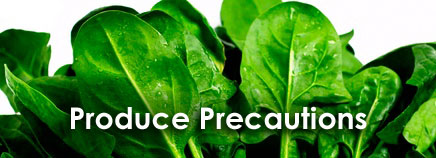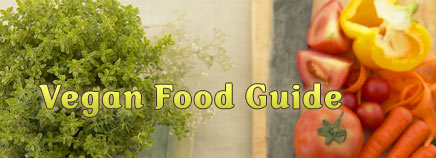It used to be that you just had to worry about convincing kids to eat the fruits and vegetables they need to grow healthy and strong. But reports about outbreaks of E. coli and salmonella remind us of another concern — making sure fresh produce is safe to eat. Even with …
School Lunches
Buying lunch at school might be the first time kids get to call the shots on which foods they’ll eat. Luckily, school lunches have improved over the years, both in taste and nutrition, with many serving healthier dishes, such as grilled chicken sandwiches and salads. But some still exceed recommendations …
Snacks
Smart Snacking “Don’t eat that, you’ll spoil your appetite.” If only you had a dollar for every time you heard that growing up. But if the right foods are offered at the right times, snacks can play an important role in managing kids’ hunger and boosting nutrition. A well-timed snack …
Snacks for Preschoolers
Filling Nutritional Gaps No one’s busier than the average preschooler. Preschoolers are so active and imaginative, it’s no wonder they get hungry between meals and need a snack. Although growth during the preschool years is slower compared with that of the first 2 years of life, preschool kids still need to …
Snacks for Toddlers
Balancing an Uneven Diet Parents of toddlers often wonder if their kids are getting enough to eat. It’s an understandable concern, and offering healthy snacks can help ensure that the answer is yes. Some kids at this age may seem too busy exploring the world to slow down and eat. …
Sports and Energy Drinks: Should Your Child Drink Them?
When it comes to keeping kids hydrated, particularly those who play sports, there’s a dizzying array of sodas, juices, iced tea, and bottled waters to choose from. And another category of beverages is causing a buzz: sports and energy drinks. Sports and energy drinks can include anything from sports beverages …
Strategies for Feeding a Preschooler
During the preschool years, kids go from toddlers who throw tantrums to kids who are more willing to cooperate and want to please their parents. They also want to do things themselves, but are willing to learn from mom and dad. This give-and-take creates opportunities for parents to teach kids …
Sweet Potato & Black Bean Salad
Note: Add more chipotle if you like it super spicy or less if you prefer it milder. Prep and cook time: 16 minutes Ingredients: 2 medium sweet potatoes, peeled and cut into ½-inch chunks Juice and zest of 2 limes ½ teaspoon salt ½ teaspoon black pepper 1 teaspoon honey …
Toddlers at the Table: Avoiding Power Struggles
Toddlers are learning to navigate their world, communicate, and control some parts of their lives. They don’t actually have control over much, but eating is one of the first areas they will master. Parents can help them enjoy their limited power by giving them appropriate amounts of freedom when it comes …
Vegan Food Guide
Is Vegetarian the Same as Vegan? Lots of people limit their intake of meat — maybe you, your kids, or others in your family don’t eat meat. Maybe you’re a vegetarian and are wondering if it’s a good choice for your kids, too. Or perhaps your teen just expressed an interest …










